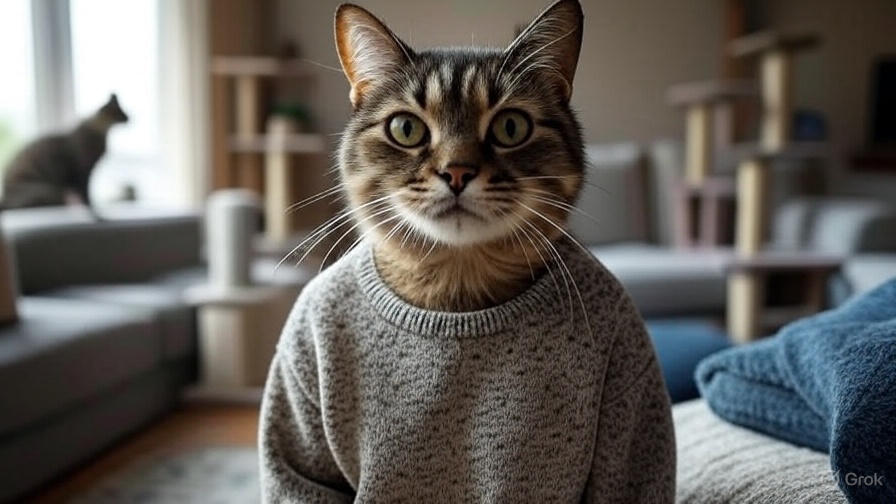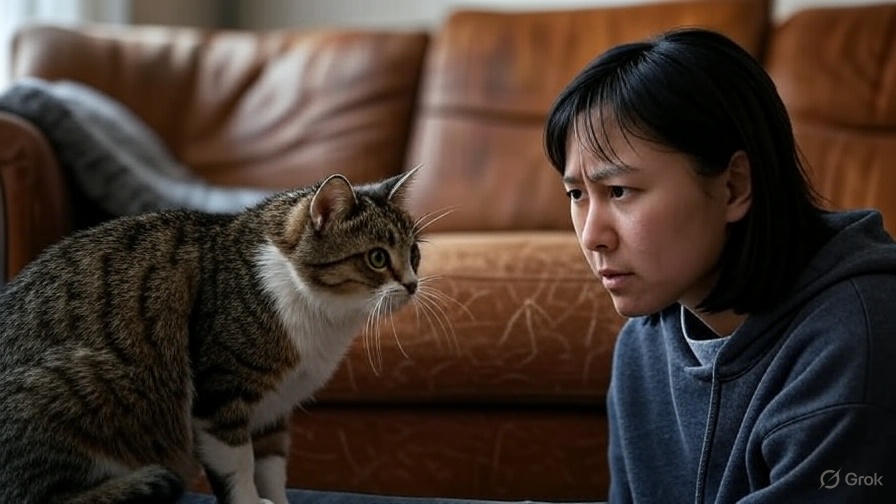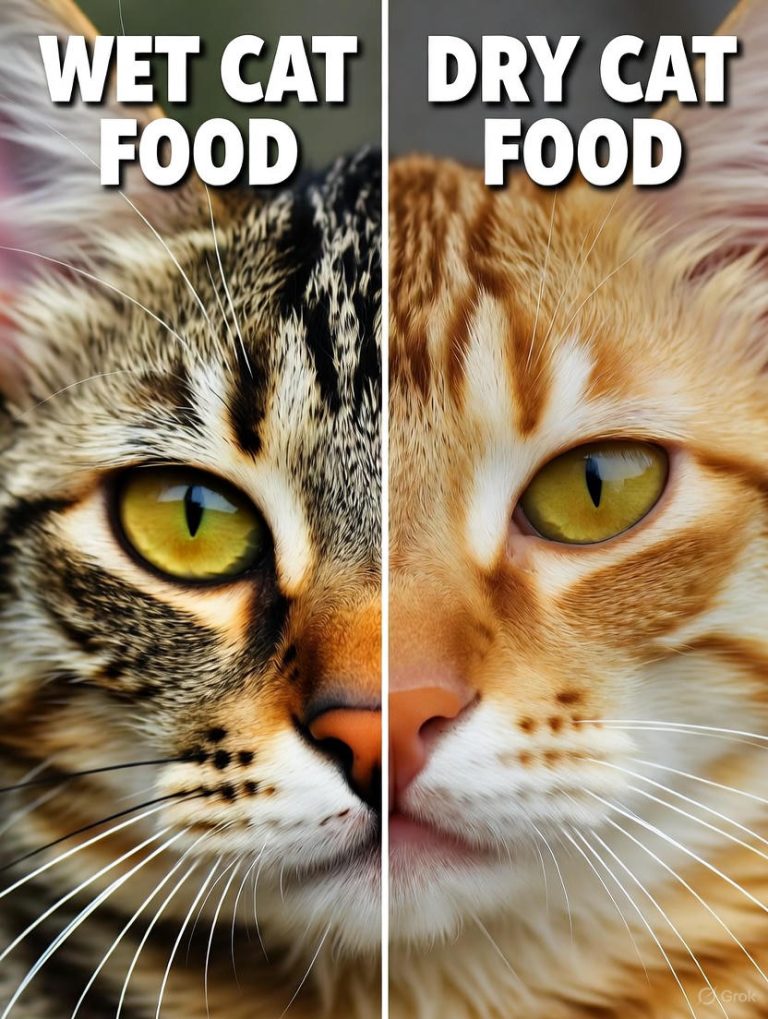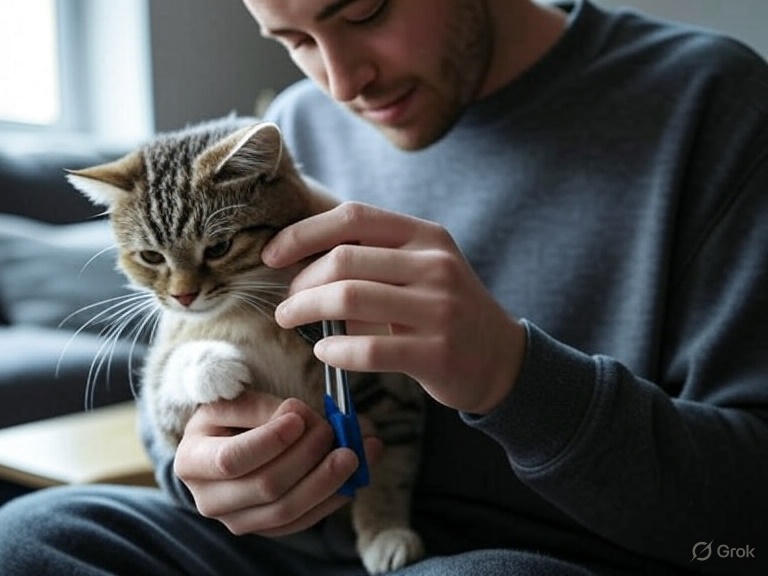How to Keep Your Cat from Scratching Your Furniture?
Every cat owner knows the frustration of discovering fresh scratch marks on their favorite sofa or watching their beloved feline turn an expensive armchair into a personal scratching post. Cat scratching behavior drives many pet parents to their wit’s end, but this natural instinct doesn’t have to spell doom for your furniture.
You can successfully redirect your cat’s scratching habits while preserving both your sanity and your home’s aesthetic appeal. This comprehensive guide will walk you through proven strategies, expert tips, and practical solutions that actually work.
Why Do Cats Scratch Furniture?
Before diving into solutions, you need to understand why cats scratch in the first place. Feline scratching serves multiple essential purposes that go far beyond simple destructive behavior.
Cats scratch to maintain their claw health by removing old, worn outer layers and keeping their claws sharp. This process reveals fresh, healthy claws underneath. Your cat also uses scratching to mark territory through scent glands located in their paw pads. Each scratch leaves both a visual mark and a scent signature that communicates ownership to other cats.
Scratching also provides crucial physical exercise. The stretching motion works your cat’s muscles, tendons, and joints, particularly in their shoulders, back, and legs. This activity helps maintain flexibility and muscle tone.
Emotional regulation plays a significant role too. Cats often scratch when excited, stressed, or seeking attention. The rhythmic motion can be calming, similar to how humans might fidget or pace when anxious.
Strategic Placement of Scratching Posts
The secret to successful furniture protection lies in strategic scratching post placement. Your cat won’t abandon your sofa for a scratching post hidden in a corner somewhere. Instead, place scratching posts directly next to the furniture your cat currently targets.
Position posts at multiple heights throughout your home. Cats enjoy both vertical and horizontal scratching surfaces. Tall posts allow full-body stretching, while horizontal scratchers satisfy cats who prefer ground-level scratching.
Consider your cat’s daily routine when placing posts. Put scratching surfaces near sleeping areas since cats naturally stretch and scratch after waking up. Place posts near entrances where your cat can mark territory as they enter different rooms.
Traffic areas work particularly well for scratching post placement. Cats want to scratch in socially significant locations where family members frequently pass by. This visibility allows them to display their territorial marks effectively.
Texture Matters: Finding the Right Scratching Surface
Cats develop strong preferences for specific textures, and identifying your cat’s preferred scratching surface dramatically increases your success rate. Most cats prefer sisal rope, corrugated cardboard, or natural wood surfaces over carpet or synthetic materials.
Sisal rope provides an excellent texture that catches claws effectively while offering satisfying resistance. The rough fibers allow cats to dig in and pull, mimicking the sensation of scratching tree bark in the wild.
Corrugated cardboard offers a different but equally appealing texture. Many cats love the way their claws catch in the cardboard ridges, and the material produces satisfying shredding sounds. Cardboard scratchers also tend to be more affordable and easily replaceable.
Natural wood posts appeal to cats’ instinctual preferences. Cedar, pine, and other softwoods provide authentic scratching experiences similar to outdoor trees. Some cats prefer the smooth surface of hardwoods, while others enjoy the texture of bark-on posts.
Experiment with different textures until you discover your cat’s favorite. You might find your cat prefers rough surfaces like sisal or smooth surfaces like polished wood. Some cats even enjoy carpet-covered posts, though these are generally less effective at protecting furniture.
Protecting Your Furniture with Deterrents
While providing appropriate scratching alternatives, you can simultaneously make your furniture less appealing to your cat. Furniture protection involves both physical barriers and scent deterrents that discourage scratching without harming your pet.
Double-sided tape creates an unpleasant sensation that most cats dislike. Apply strips of tape to furniture areas where your cat typically scratches. The sticky feeling on their paws usually deters future scratching attempts. Remove the tape gradually as your cat develops new scratching habits.
Training Techniques That Actually Work

Aluminum foil produces sounds and textures that many cats find unpleasant. Cover targeted furniture areas with foil, securing it with removable tape. The crinkly noise and smooth surface typically discourage scratching behavior.
Clear vinyl furniture protectors offer a more permanent solution. These clear covers protect upholstery while maintaining your furniture’s appearance. Some cats dislike the smooth plastic surface, while others may try to scratch through it.
Commercial cat deterrent sprays use scents that cats find unpleasant but are generally safe for furniture. Citrus-based sprays work well for many cats, though you should test any product in an inconspicuous area first.
Successful cat training requires patience, consistency, and positive reinforcement. Punishment-based methods typically backfire, creating stress that may actually increase destructive scratching behavior.
Redirect your cat immediately when you catch them scratching furniture. Gently pick them up and place them at their scratching post. Praise them enthusiastically when they use the post, even if you had to guide them there initially.
Timing plays a crucial role in successful redirection. The moment you see your cat approaching furniture to scratch, interrupt the behavior with a gentle sound or movement. Guide them to their scratching post and reward appropriate behavior.
Positive reinforcement accelerates the training process. Keep treats near scratching posts and reward your cat every time they use the post voluntarily. This creates positive associations with the appropriate scratching location.
Interactive play sessions can help redirect scratching energy. Engage your cat in active play using feather wands, laser pointers, or other interactive toys. A well-exercised cat is less likely to engage in destructive scratching.
Creating an Enriched Environment
Environmental enrichment addresses the root causes of destructive scratching by meeting your cat’s physical and mental needs. Bored or stressed cats are more likely to engage in problematic behaviors, including excessive furniture scratching.
Provide multiple types of scratching surfaces throughout your home. Variety prevents boredom and allows your cat to satisfy different scratching preferences. Some cats enjoy switching between different textures depending on their mood.
Vertical territory becomes especially important in multi-cat households. Cat trees, wall-mounted shelves, and tall scratching posts allow cats to establish territory at different heights. This vertical space reduces competition and territorial stress.
Mental stimulation through puzzle feeders, rotating toys, and interactive games keeps your cat engaged and less likely to develop destructive habits. A mentally stimulated cat directs their energy toward appropriate activities.
Regular grooming sessions help maintain claw health and reduce the need for excessive scratching. Trim your cat’s claws regularly, focusing on the sharp tips that can damage furniture. Most cats need claw trims every 2-3 weeks.
Common Mistakes to Avoid
Many well-intentioned cat owners make mistakes that actually reinforce unwanted scratching behavior. Recognizing these common pitfalls helps you avoid setbacks in your training efforts.
Never punish your cat for scratching furniture. Yelling, squirting with water, or physical punishment creates stress and fear without addressing the underlying need to scratch. Stressed cats often scratch more, not less.
Avoid removing scratching posts too soon. Even after your cat stops scratching furniture, maintain their scratching posts permanently. Cats need constant access to appropriate scratching surfaces throughout their lives.
Don’t place scratching posts in isolated locations. Cats want to scratch in socially significant areas, not hidden corners. A scratching post in a basement or spare room won’t effectively redirect furniture scratching.
Inconsistency undermines training efforts. All family members must follow the same rules and redirections. Mixed messages confuse cats and slow the training process.
When to Seek Professional Help
Some scratching problems require professional intervention, particularly when behavior seems excessive or suddenly changes. Recognizing when to consult experts can save both your furniture and your relationship with your cat.
Veterinary consultation becomes necessary if your cat’s scratching behavior changes dramatically or seems compulsive. Medical issues, including arthritis, skin conditions, or nail infections, can affect scratching patterns.
Sudden increases in scratching might indicate stress, illness, or environmental changes that require professional assessment. A veterinarian can rule out medical causes and recommend appropriate treatments.
Animal behaviorists specialize in complex behavioral issues that don’t respond to basic training techniques. They can develop customized behavior modification plans for particularly challenging cases.
Consider professional help if you’ve tried multiple strategies consistently for several weeks without improvement. Some cats need specialized approaches that require expert guidance.
Long-Term Success Strategies
Successful furniture protection requires ongoing commitment and adaptation as your cat’s needs change. Long-term success depends on maintaining appropriate scratching options while continuously monitoring your cat’s behavior.
Regular assessment of scratching posts ensures they remain appealing to your cat. Replace worn posts before they become completely shredded, as cats prefer posts that still provide good resistance.
Seasonal adjustments may be necessary as your cat’s activity levels and preferences change. Some cats scratch more during certain times of year, requiring additional management strategies.
Life changes such as moving, new pets, or family changes can trigger renewed furniture scratching. Be prepared to temporarily increase management efforts during stressful periods.
Environmental modifications should evolve with your cat’s age and physical condition. Senior cats may need different scratching surface heights or textures compared to younger, more agile cats.
Conclusion
Protecting your furniture from cat scratching doesn’t require choosing between your pet and your possessions. With patience, consistency, and the right strategies, you can successfully redirect your cat’s natural scratching instincts while preserving your home’s appearance.
Remember that scratching is a normal, healthy behavior that serves important physical and emotional needs for your cat. The goal isn’t to eliminate scratching but to channel it toward appropriate surfaces. By providing appealing alternatives, using gentle deterrents, and maintaining consistent training, you can enjoy a harmonious home where both you and your cat feel comfortable.
Success takes time, but the investment in proper scratching management pays dividends in preserved furniture and a happier relationship with your feline companion. Stay patient, remain consistent, and celebrate small victories along the way. Your furniture – and your cat – will thank you for the effort.







